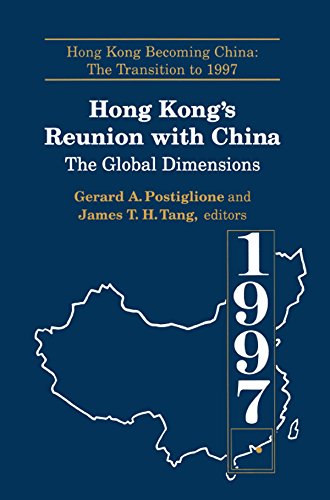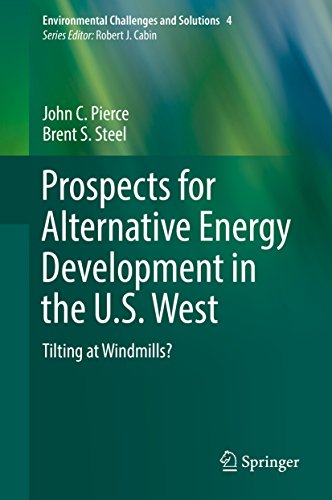
By Md Saiful Karim
This e-book examines the function of The foreign Maritime association (IMO) within the prevention and regulate of pollutants of the marine atmosphere from vessels with a selected connection with the present north-south tensions concerning the procedure for battling weather swap within the maritime region in addition to the prevention of marine toxins from the ship-breaking industry.
The IMO, a United countries really good supplier, has been entrusted with the obligation to supply equipment for cooperation between governments for the prevention and keep watch over of pollutants of the marine setting from vessels. The association is answerable for drafting criminal tools in addition to for facilitating technical cooperation for the safety of the marine surroundings. even though IMO felony tools are commonly particular on the prevention of toxins of the marine atmosphere from vessels, there's a pattern in the direction of a liberal interpretation of this, and the association has improved its paintings to parts like shipbreaking, that's primarily a land-based undefined.
Read or Download Prevention of Pollution of the Marine Environment from Vessels: The Potential and Limits of the International Maritime Organisation PDF
Best environmental & natural resources law books
Get Impacts of Large Dams: A Global Assessment (Water Resources PDF
Some of the most arguable problems with the water zone in recent times has been the affects of huge dams. Proponents have claimed that such buildings are necessary to meet the expanding water calls for of the realm and that their total societal merits a long way outweight the prices. by contrast, the competitors declare that social and environmental expenditures of huge dams a ways exceed their advantages, and that the period of building of huge dams is over.
New PDF release: Rules for Development of the Hydrocarbon Fields of
Principles for improvement of the Hydrocarbon Fields of Turkmenistan within the “Golden Age” of Turkmen state (also referred to as the “Petroleum improvement Rules”, or “Golden Rules”) have been followed on 22 October 1999, following the approval via the Decree of the President of Turkmenistan No. 4416 dated 22 October 1999.
The problems surrounding Hong Kong's international place and overseas hyperlinks develop more and more complicated by means of the day because the technique of Hong Kong's transformation from a British colony to a chinese language precise management quarter unfolds. This quantity addresses a couple of questions with regards to this technique.
Read e-book online Prospects for Alternative Energy Development in the U.S. PDF
This e-book poses the query of no matter if identifiable individual-level attributes (e. g. , values, pursuits, wisdom, demographic features) result in help for or competition to the improvement and implementation of different strength technologies. In fresh years, makes an attempt to web site substitute strength applied sciences (e.
- Blackburn's The Sustainability Handbook: The Complete Management Guide To Achieving Social, Economic and Environmental Responsibility: The Complete Management ... Responsibility (Environmental Law Institute)
- China Green Development Index Report 2012: Regional Comparison (Current Chinese Economic Report Series)
- Risiko und Verantwortung in der modernen Gesellschaft (Schriften der Mathematisch-naturwissenschaftlichen Klasse) (German Edition)
- Jagdrechtliche Vorschriften Nordrhein-Westfalen (German Edition)
- Principles of Environmental Law (Concise Hornbook Series)
- Handbook of Environmental Engineering Assessment: Strategy, Planning, and Management
Extra resources for Prevention of Pollution of the Marine Environment from Vessels: The Potential and Limits of the International Maritime Organisation
Sample text
Prevention of Pollution of the Marine Environment from Vessels: The Potential and Limits of the International Maritime Organisation by Md Saiful Karim
by Charles
4.3



